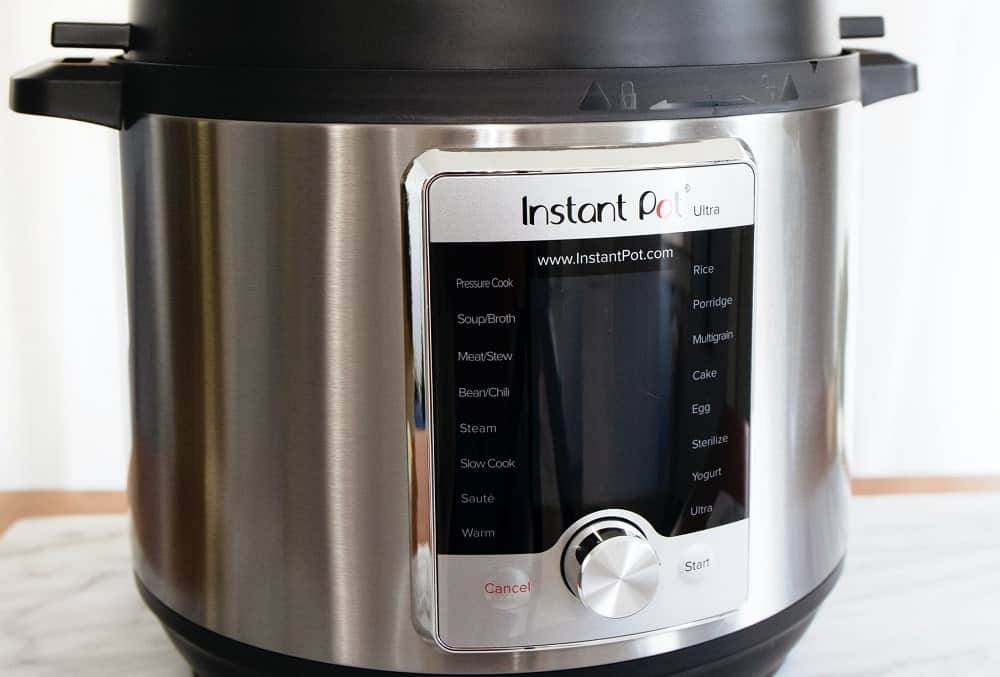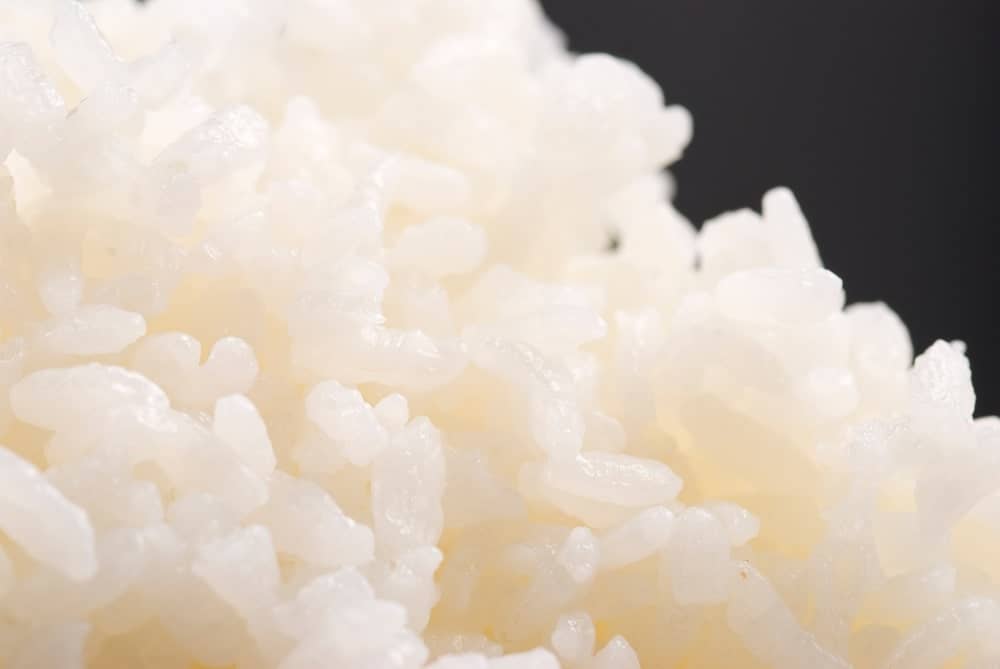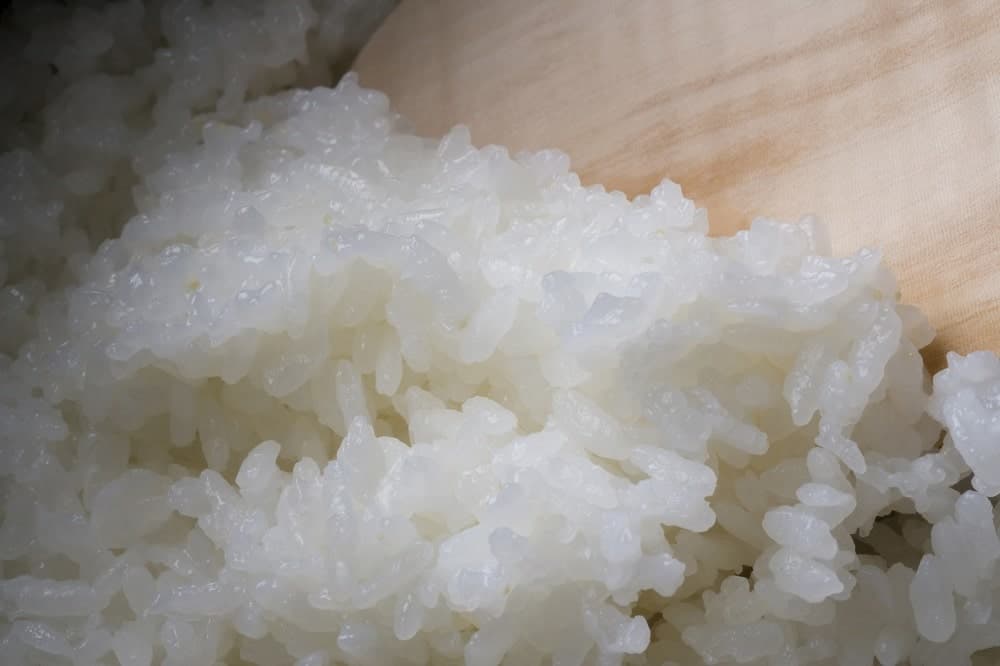A rice cooker is one of those kitchen appliances you rarely think about. It’s a kind of equipment that is just there when you need it. You don’t even think about its mechanism of action, or how it works. It just works.
But when you do think about it, there’s actually more to rice cookers than meets the eye. The way it works is kind of ingenious, actually.
What are the Parts of a Basic Rice Cooker?
Before we get into the mechanism that makes rice cookers tick, we must first discuss the parts of the cooker.

There are 4 elements that can be found in any basic rice cooker. Some rice cookers, especially the complex ones, will have more elements in there, but let’s focus on the basic ones for now.
Main case
The main body houses all of the elements in the rice cooker. This is where you place the pan when you’re ready to cook your rice.
The main body has a lot of parts but I won’t include those since they are not considered major parts in the process of cooking rice.
Cooking pan
This is the metal pan in which you put your rice. This pan is usually detachable from the main body to make rice top-up a little bit easier.
The cooking pan usually has some sort of measurement engraved into the metal. This is super helpful if you want to be precise in your rice cooking.
Electric heating plate
This is the part of the rice cooker that is responsible for cooking. It’s really just a metal that gets hot if you plug it in.
If you have a hot plate cooking top, then this is basically just it, but with a more defined purpose – that is to cook rice.
Temperature sensing device
The temperature measuring device automates the rice cooking process. I won’t go into the details of how it works exactly but the gist is – it measures the temperature of the water inside the pan.
The temperature of boiling water is 212 F or 100 C. Once the rice has absorbed all the water, the temperature inside can go beyond 212 F. The thermostat will then detect this change and shut off the heating plate, keeping it only on ‘warm.’
How Does a Rice Cooker Work?
You fill up the pan with the rice of your choosing. Let’s go with white rice in this example since that’s the easiest type of rice to cook.

Colored rice (brown, red, jasmine, or black) will take a bit longer to cook since you need to let the rice sit in water for at least 15 minutes. White rice can be cooked as soon as you put the water in.
Once you fill the pan with rice and water, just push down the “cook” button. The rice cooker will do its thing. It will be done in about an hour, depending on the type of rice. Non-refined types of rice take a longer time to cook.
How Do Rice Cookers Know When the Rice is Cooked?
I’ve lived all my life using rice cookers but never knew the answer to this – well, until I researched the answer.

To me, it seems like rice cookers just know when to stop cooking. You never really thought about it because that’s just the way it is.
Turns out, rice cookers use sensors to check whether the rice is fully cooked or not. It measures the temperature inside the pot. When the pot reaches a temperature above 212 F or 100 C, then the thermostat will turn off. This is because this means that all the water has been absorbed by the rice.
Temperature Difference Between “Cook” and “Warm”
The temperature in the cook setting depends on the time you measure. If you measure just before the water boils, it will be lower than 212 F. It stays there for most of the rice cooking process though.

Once the water gets up to 212 F, it slowly goes down until all the water has been absorbed by the rice. At this point, you will hear the ‘click’ that signals the rice is ready for consumption.
This ‘click’ can also mean that it is now in ‘warm’ mode.
Warm mode means that the rice is ready. Warm mode temperature is usually set to 150 F because this is the perfect temperature for a hot plate of rice. Also, this temperature seems to limit bacterial and microorganism growth in food – it’s a bit of two birds in one stone type of scenario.
Should You Get Yourself a Rice Cooker?
Most definitely, yes.

Whether your cuisine consists of rice dishes or not, the fact is, you will encounter rice cooking in the future.
Sure, you can always cook rice using the old way of cooking it in a pan manually.
Or you can just buy a rice cooker, chuck the rice and water in, then forget about it.
Getting a rice cooker is all about convenience. If your cuisine has a lot of rice dishes in it, this won’t even be a question – you probably have a couple of rice cookers in your home.
Apart from that, you can also cook dishes other than rice. You can make congee, steam vegetables, soups, stews, hotpot, and many more. Your imagination is the limit, basically.
Conclusion
The temperatures used in a rice cooker are variable. It depends at which point you measure the pot.
For cooking the rice, the temperature ranges from 212 F plus/minus 30 F. But it stays on the 212 F far longer. That’s the operating temperature, and if you don’t notice, it’s the boiling point of water.
The warm mode, on the other hand, is the ‘ready to eat’ temperature. It’s around 150 F plus/minus 20 F.

